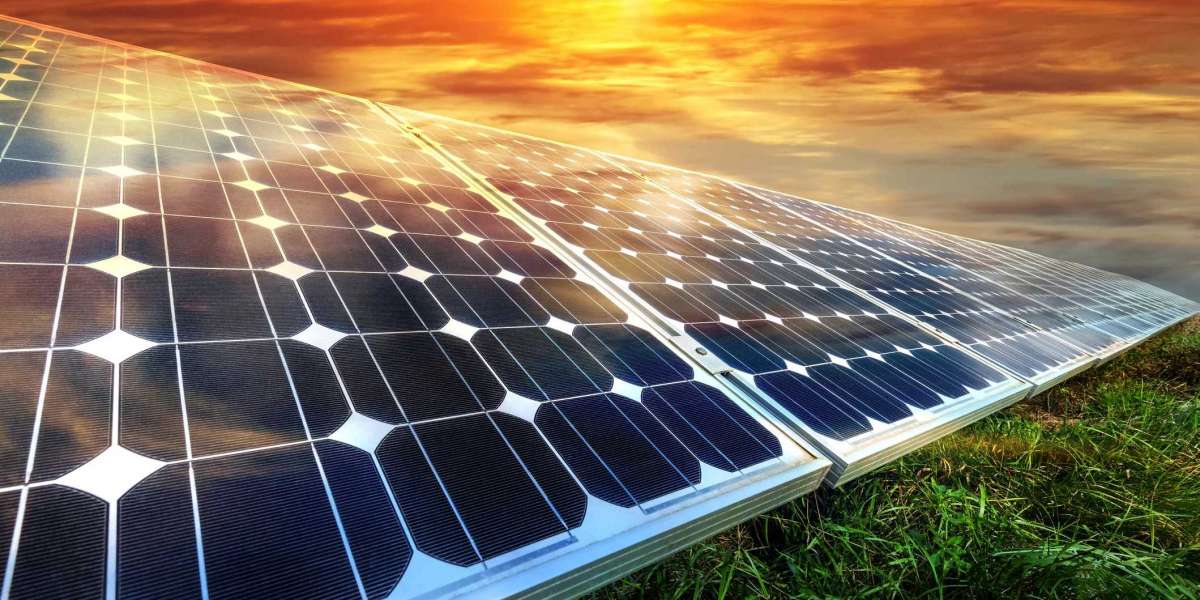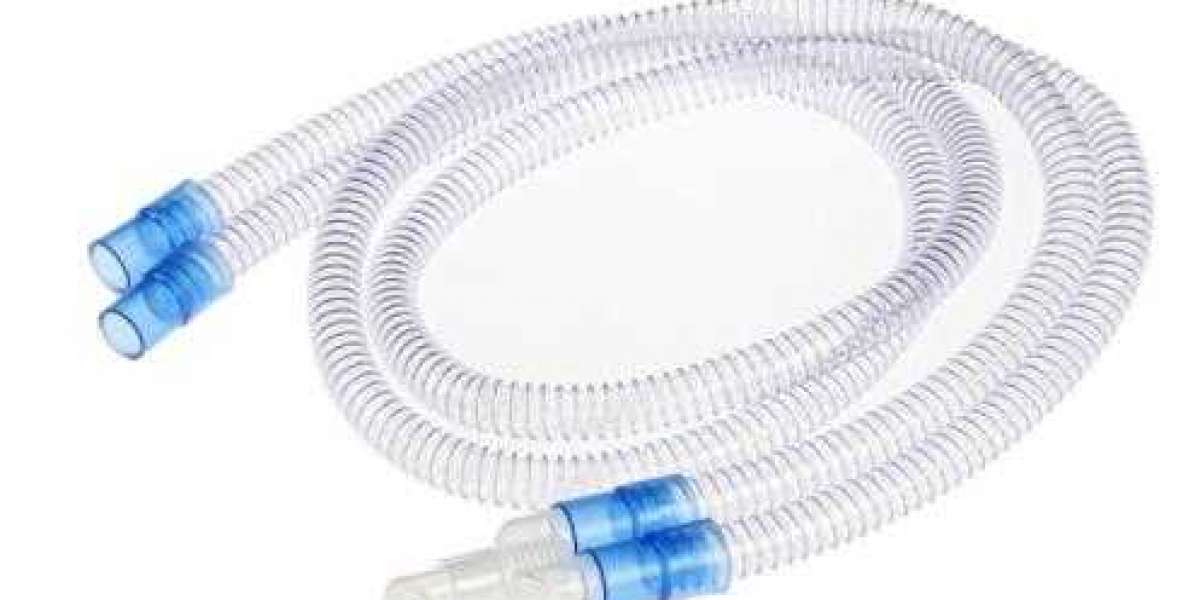Solar hot water system has become an essential part of many households, thanks to their energy efficiency, eco-friendliness, and cost-saving features. However, like any technological setup, they require regular maintenance to ensure optimal performance. Let's dive into the world of solar hot water system maintenance.
Why Maintenance is Crucial
A well-maintained solar hot water system:
- Ensures consistent hot water supply.
- Increases the lifespan of the system.
- Reduces the risk of unexpected breakdowns.
- Maximizes energy efficiency, leading to more significant savings.
- Preserves the system's warranty.
Regular Maintenance Tasks
- Visual Inspection: Every few months, inspect the solar panels for any damage, dirt, or debris. Dirt and debris can block sunlight, reducing the system's efficiency.
- Cleaning the Solar Collectors: Depending on your location, the panels might accumulate dust, pollen, bird droppings, or leaves. Clean the solar collectors with mild detergent and water. Always follow the manufacturer's cleaning instructions.
- Checking the Insulation: Ensure that the insulation on the pipes is intact. Damaged insulation can result in heat loss, making the system less efficient.
- Inspecting the Mounting System: Ensure all mounts, brackets, and bolts are tight and free from corrosion.
- Monitoring the System's Performance: Check the temperature difference between the incoming and outgoing water. If there's a minimal difference, it might be a sign that the system isn't working correctly.
Annual Maintenance Tasks
- Professional Inspection: Once a year, hire a professional to inspect the entire system. They can detect issues that might not be visible to untrained eyes.
- Checking the Pressure Relief Valve: This valve helps release any extra pressure from the system. Test the valve by lifting the lever; water should flow out, and stop when you let go of the lever.
- Flush the System: Over time, minerals can accumulate in the system. Flushing the system annually can help remove these deposits.
- Replace the Sacrificial Anode: Located inside the storage tank, this rod corrodes over time to protect the tank walls from rusting. It's advisable to replace the anode every 3-5 years.
- Check the Heat Transfer Fluid: In closed-loop systems, this fluid can degrade over time. Ensure it's replaced per the manufacturer's recommendation.
Long-term Maintenance
- Re-coating the Absorber: Depending on the system's age and wear, the absorber surface may need re-coating to maintain its efficiency in absorbing sunlight.
- Replacing Seals and Gaskets: Over time, the rubber seals and gaskets can wear out, leading to potential leaks. Keep an eye out for any leakage and replace the parts as required.
- Upgrade Components: As technology advances, there might be more efficient or durable components available. Consider upgrading parts of your system as needed.
Troubleshooting Common Issues
- No Hot Water: This could be due to cloudy weather, a broken hot water loop, or a malfunctioning pump. Check the system components and seek professional help if required.
- Too Hot Water: It might be due to a malfunctioning tempering valve. Check the valve or consider replacing it.
- System Leaks: Ensure all connections are tight. If the storage tank is leaking, it might be due to a corroded tank or a faulty pressure relief valve.
- Erratic Temperature Fluctuations: Sudden and unexpected changes in water temperature might be linked to issues with the system's thermostat or sensors. Regular calibration or replacement of malfunctioning components ensures consistent water temperatures.
- Strange Noises: Hearing gurgling, hissing, or popping sounds from your system could indicate scale buildup or air trapped in the lines. This can be resolved through periodic flushing of the system.
- Reduced Flow Rate: If you notice a diminished water flow, it might be due to clogged pipes or filters. Regularly inspecting and cleaning the system's integral parts ensures an unhindered water flow, maintaining the system's efficiency.
- Discolored Water: Rusty or brownish water suggests potential corrosion within the tank. It's crucial to address this quickly, as it can impact the water quality and the longevity of the system.
Conclusion
Maintaining your solar Installation hot water system is an investment in its longevity and efficiency. By following the above guidelines, not only will you ensure a steady supply of hot water but also maximize the return on your investment. Remember, always consult your system's user manual and consider seeking professional help for tasks you're unsure about. Keeping your system in peak condition is a blend of regular check-ups, prompt troubleshooting, and understanding the pivotal role each component plays. Here's to eco-friendly, efficient, and endless hot water!









